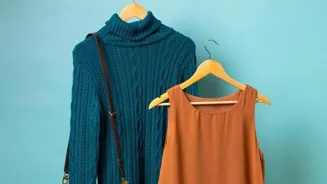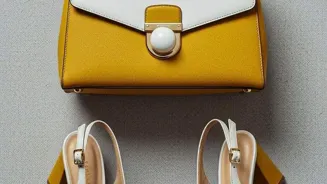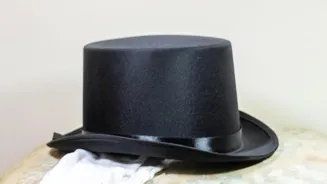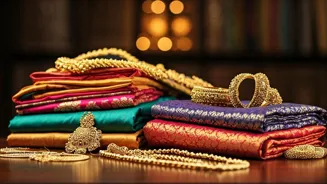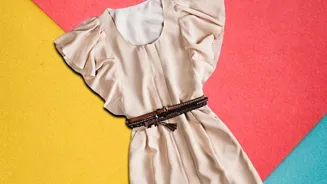Dive into the psychology of fashion: how colors and styles influence your wardrobe choices. Explore the hidden language of your closet. Unlock the power of clothing to shape your mood and confidence
Ever
wondered why you instinctively gravitate towards certain colors or styles while shopping, even when you know that sensible beige dress might be more practical? Turns out, your wardrobe choices are not just about following trends or mimicking your favorite Bollywood star.

There's a whole lot of brainpower, emotions, and past experiences subtly steering you towards that sparkly kurta or those ripped jeans. Welcome to the fascinating world where science meets style: the psychology of fashion.
This isn't just about what the designers put on the runway; it's about what you choose to wear every single day, and the reasons behind those choices.
Fashion psychology decodes clothing's impact on mental state and behavior
Fashion psychology explores how our clothing choices impact our mental state and how, conversely, our mental state influences what we wear. It examines the relationship between our clothes, our thoughts, our feelings, and our behavior. Think of it as decoding the hidden language of your closet.

Why do you reach for that power suit before a big presentation? Why does wearing your favorite old t-shirt make you feel instantly comforted? These seemingly simple actions are often driven by complex psychological factors. It is about how you present yourself to the world every single day.
Color psychology shapes fashion choices and personal image projection
Color is a powerful tool in the fashion world. Specific hues can evoke certain emotions and influence how others perceive you. Red, for instance, is often associated with passion, confidence, and energy. Wearing red might make you feel bolder, and it can also signal authority.

Blue, on the other hand, is linked to calmness, trust, and stability. Think of the classic "power blue" suit often worn in corporate settings. Yellow often gets the credit for radiating positivity. Green is associated with nature. Even our cultural background plays a role in color associations.
In India, for example, white is often associated with mourning, while in the West, it is the color of weddings and new beginnings. Understanding these psychological color cues can help you curate your wardrobe to reflect your desired mood and the image you want to project.
It is all psychology in the end, what you want to tell to the world.
Clothing style impacts emotions greatly; comfort vs confidence
Beyond color, the very style of clothing we choose can also have a significant impact. Comfort is a big one. When stressed or overwhelmed, many people reach for familiar, comfortable clothing. This might be an oversized sweater, soft leggings, or even simply a loose-fitting kurta.
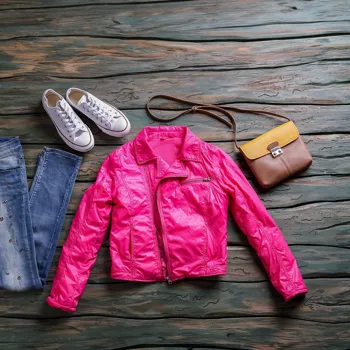
These clothes provide a sense of security and ease, acting as a kind of wearable hug. Conversely, when we want to feel more in control or powerful, we might choose more structured or formal attire.
A well-tailored suit, a crisp shirt, or even a statement piece of jewelry can boost our confidence and make us feel ready to tackle any challenge. It signals to yourself and the outside world that you are in charge. Do not underestimate the emotional impact of clothing.
It is simple comfort and yet it is important.
Social factors shape clothing choices, evolving with maturity
The influence of social factors on our clothing choices cannot be ignored. We are constantly bombarded with images of what is considered "fashionable" or "desirable" through social media, magazines, and advertising.
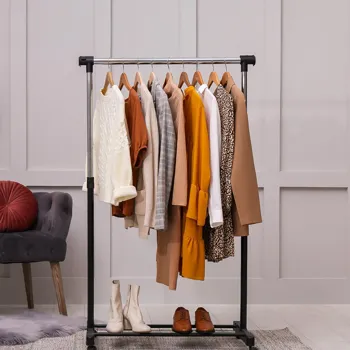
This can lead to us feeling pressure to conform to certain trends, even if they don't genuinely reflect our personal style or make us feel comfortable. Peer pressure, particularly during teenage years, can also play a significant role in shaping our wardrobe choices.
However, as we mature and develop a stronger sense of self, we often become more confident in expressing our individuality through our clothing, regardless of prevailing trends. It reflects the society and environment that you are surrounded by.
As you become more mature you might be able to create/influence your style.
Understanding fashion psychology for conscious wardrobe choices
Ultimately, understanding the psychology of fashion can empower you to make more conscious and intentional wardrobe choices.
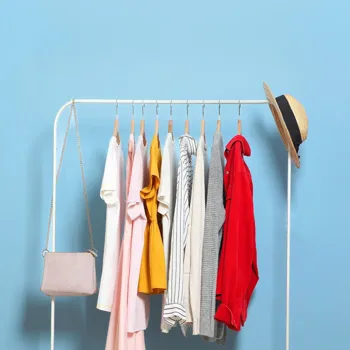
Instead of blindly following trends, you can start to consider what clothes truly make you feel good, what image you want to project, and how you can use fashion to boost your mood and confidence. It's about curating a wardrobe that reflects your authentic self and supports your overall well-being.
So, the next time you stand in front of your closet, take a moment to think about the psychology behind your choices. What are you hoping to communicate? How do you want to feel? The answers might surprise you and help you unlock a whole new level of understanding your personal style.
Take the time and then make the choice.
AI Generated Content. Glance/InMobi shall have no liability for the content